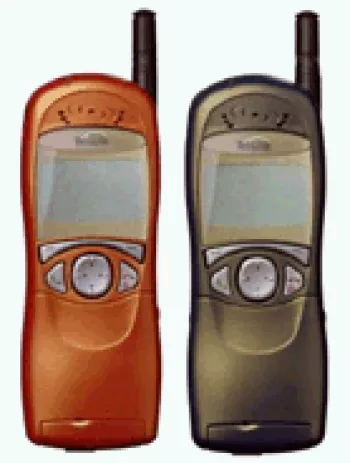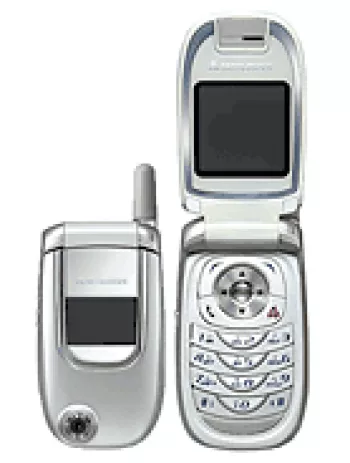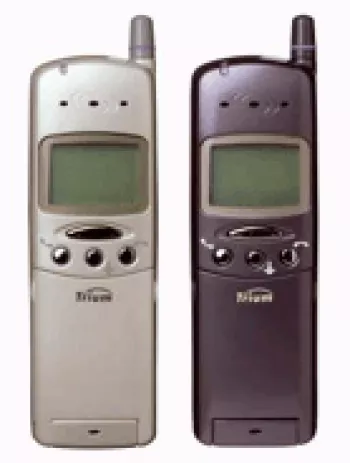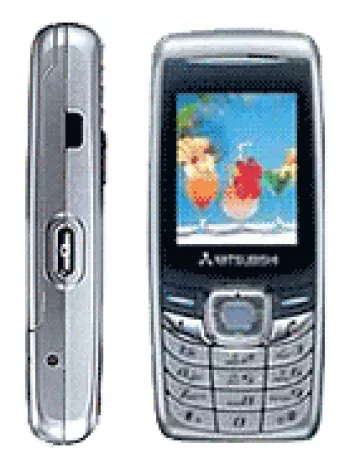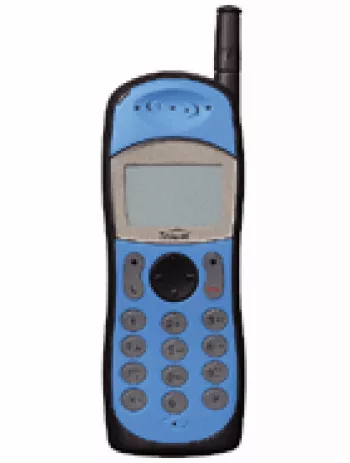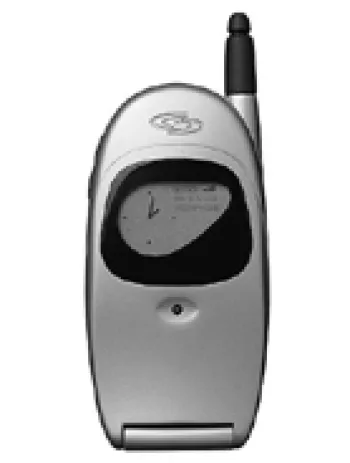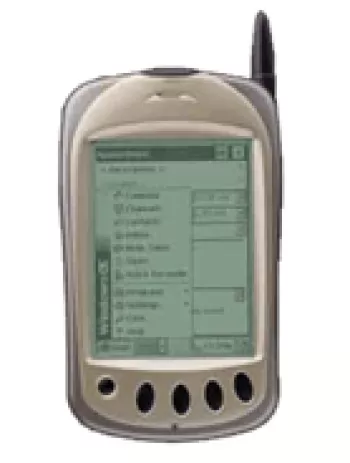Unveiling the Mitsubishi Trium FX Specs Prices Pros & Cons

Network Technology
The Mitsubishi Trium fx operates on the GSM standard, specifically supporting the 900 and 1800 frequency bands. This means it was compatible with a wide range of networks around the world, especially in Europe and Asia where GSM 900/1800 were predominantly used.
Launch Information
The Mitsubishi Trium fx was announced and released in the year 2000. The phone has since been discontinued as technology moved towards more advanced mobile phones, relegating the Trium fx to a relic of early mobile communication.
Body and Design
With dimensions of 120 x 50 x 28 mm and a weight of 120 grams, the Trium fx was quite portable for its time. The design featured a robust and somewhat bulky build compared to today’s standards but was typical of early mobile phones. It used a Mini-SIM, standard at the time, which paved the way for extending mobile connectivity in a compact form.
Display Characteristics
The Mitsubishi Trium fx came with a monochrome graphic display. The screen could display between 5 x 13 to 25 characters, which was sufficient for basic texting and time display. At a time before the prevalence of colorful, high-resolution displays, such screens were common and served their purpose in basic telecommunication needs.
Memory Specifications
The device did not include a card slot for external memory expansion. It supported a phonebook capacity of 100 contacts and kept call records of 10 dialed, 10 received, and 10 missed calls. These specifications were aligned with users' needs at the time, focusing more on fundamental contact and call management.
Sound and Alert Types
The phone did not feature a loudspeaker or a 3.5mm jack, limiting auditory media interaction. It supported vibration and monophonic ringtones for alerts, a norm for mobile devices at the time before the integration of polyphonic and MP3 ringtones.
Communication Capabilities
The Trium fx lacked modern connectivity features such as WLAN, Bluetooth, or USB ports. It did not offer positioning services or radio functionality either. In terms of data capabilities, it did not support GPRS or EDGE, limiting it to basic SMS messaging and a WAP 1.1 browser for basic internet browsing.
Additional Features
The phone came with capabilities like a clock, alarm, and supported games, adding convenience and entertainment for users. Language support spanned across 8 different languages, making it accessible to a broader demographic. However, it did not have Java capabilities, meaning no support for apps or more complex software that became common in later models of phones.
Battery Performance
The Mitsubishi Trium fx was powered by a removable Li-Ion battery, offering a stand-by time of up to 130 hours and a talk time of about 3 hours. Considering the limited functionalities and screen type, such a battery life was sufficient for daily use without frequent recharging.
Miscellaneous Details
The phone was available in three different color options, giving consumers a choice, which was not as common at the time for mobile devices. The absence of a camera, text-based internet functions, and basic audio-visual capabilities indicated its role as a pure communication device.
Conclusion
The Mitsubishi Trium fx represents a fascinating period in mobile technology where the emphasis was on portability and basic telecommunication functions. While it lacks the advanced features found in modern smartphones, it provided essential functions for users at the beginning of the mobile communication revolution. Its straightforward design and operation make it a notable mention among early cell phones, illustrating the very foundation of mobile technology advancements.
Main Features of Mitsubishi Trium FX
- GSM 900 / 1800 network support.
- Compact dimensions: 120 x 50 x 28 mm.
- Lightweight at 120 grams.
- Monochrome graphic display.
- Phonebook capacity of 100 contacts.
- Storage for 10 dialed, 10 received, and 10 missed call records.
- Vibration alert and monophonic ringtones.
- WAP 1.1 browser support.
- Multiple language support with 8 options.
- Removable Li-Ion battery with up to 130 hours standby and 3 hours talk time.
- Available in 3 different colors.
Disadvantages of Mitsubishi Trium fx
- Limited network technology with no support for GPRS or EDGE.
- Discontinued status, which impacts support and availability.
- Monochrome graphic display with low resolution and limited character display.
- No expandable memory with no card slot available.
- Very limited phonebook and call record capacity.
- Lack of sound features such as no loudspeaker and no 3.5mm headphone jack.
- Limited communication features: no WLAN, Bluetooth, GPS, or Radio.
- No USB connectivity option.
- No camera feature available.
- Limited messaging capabilities, restricted to SMS only.
- Short talk time and standby time compared to modern standards.
View Also
More Phones
All Rights Reserved +14266 Phones © Mobilawy 2025














